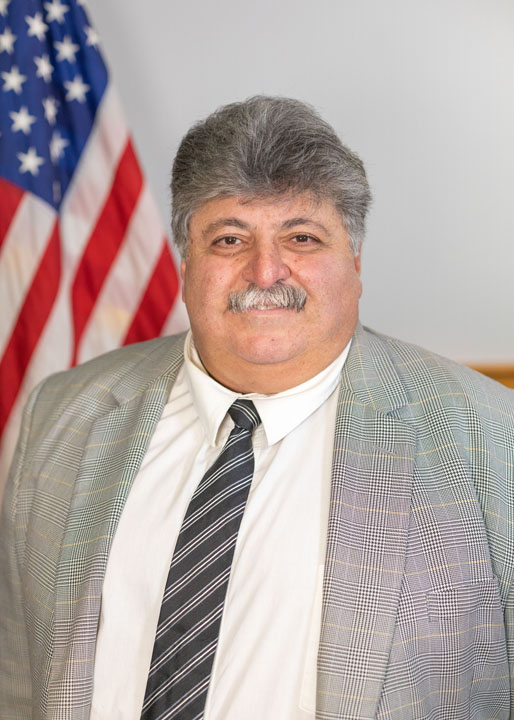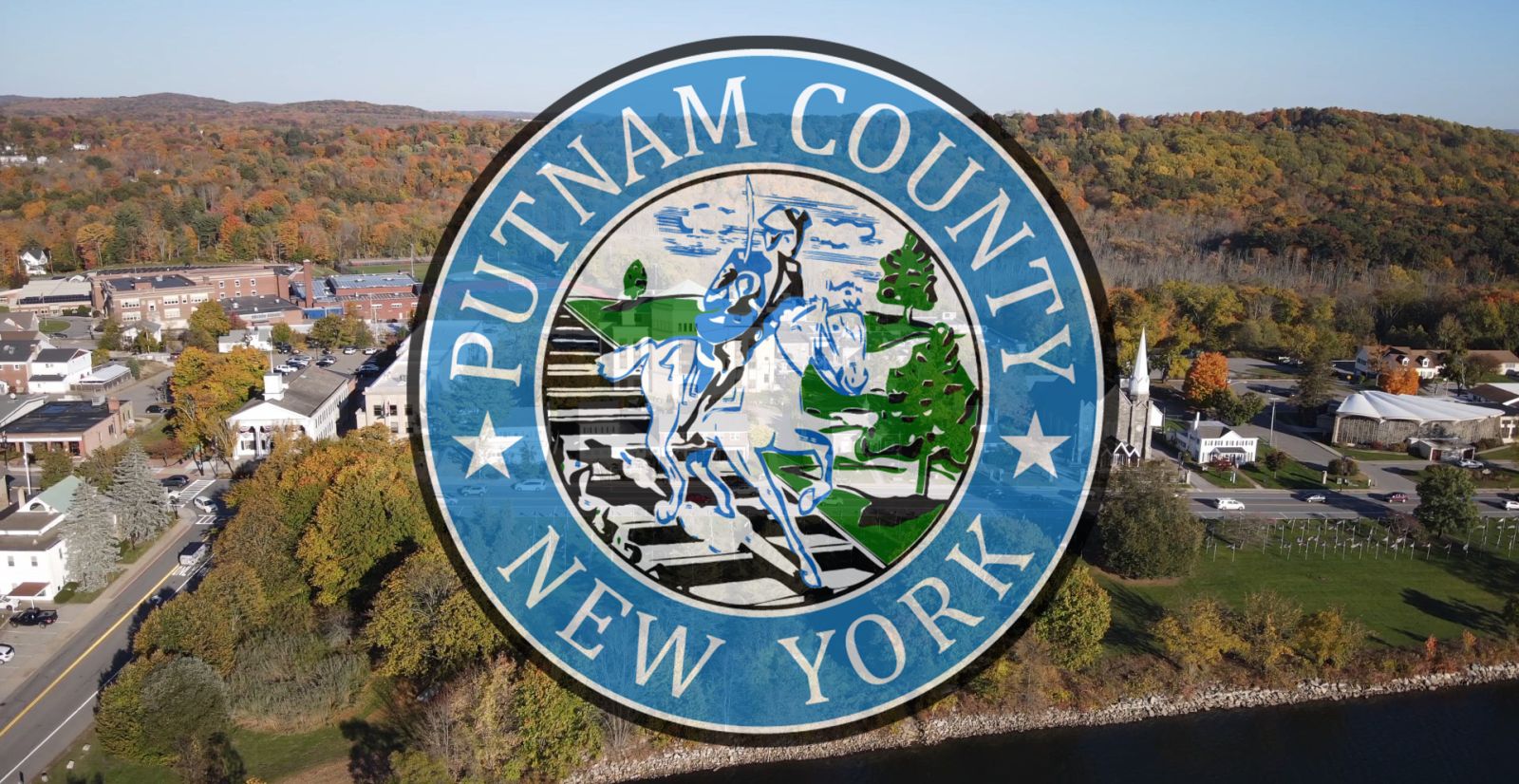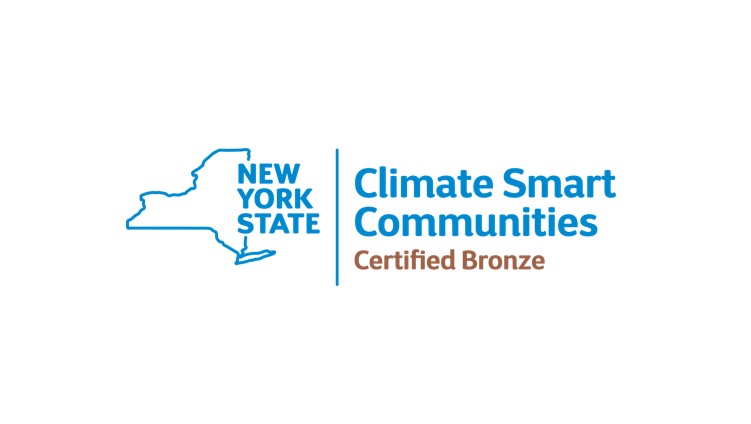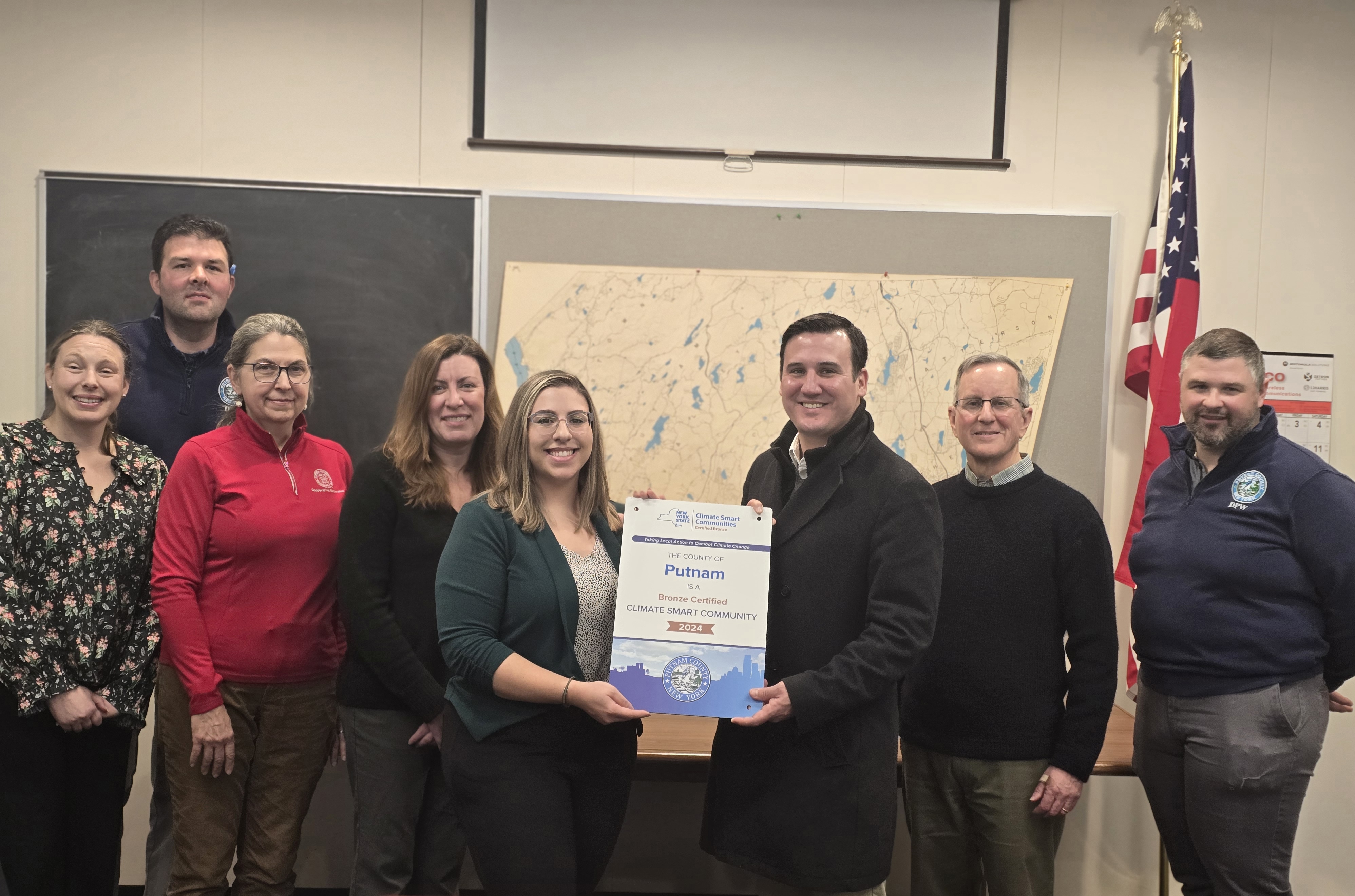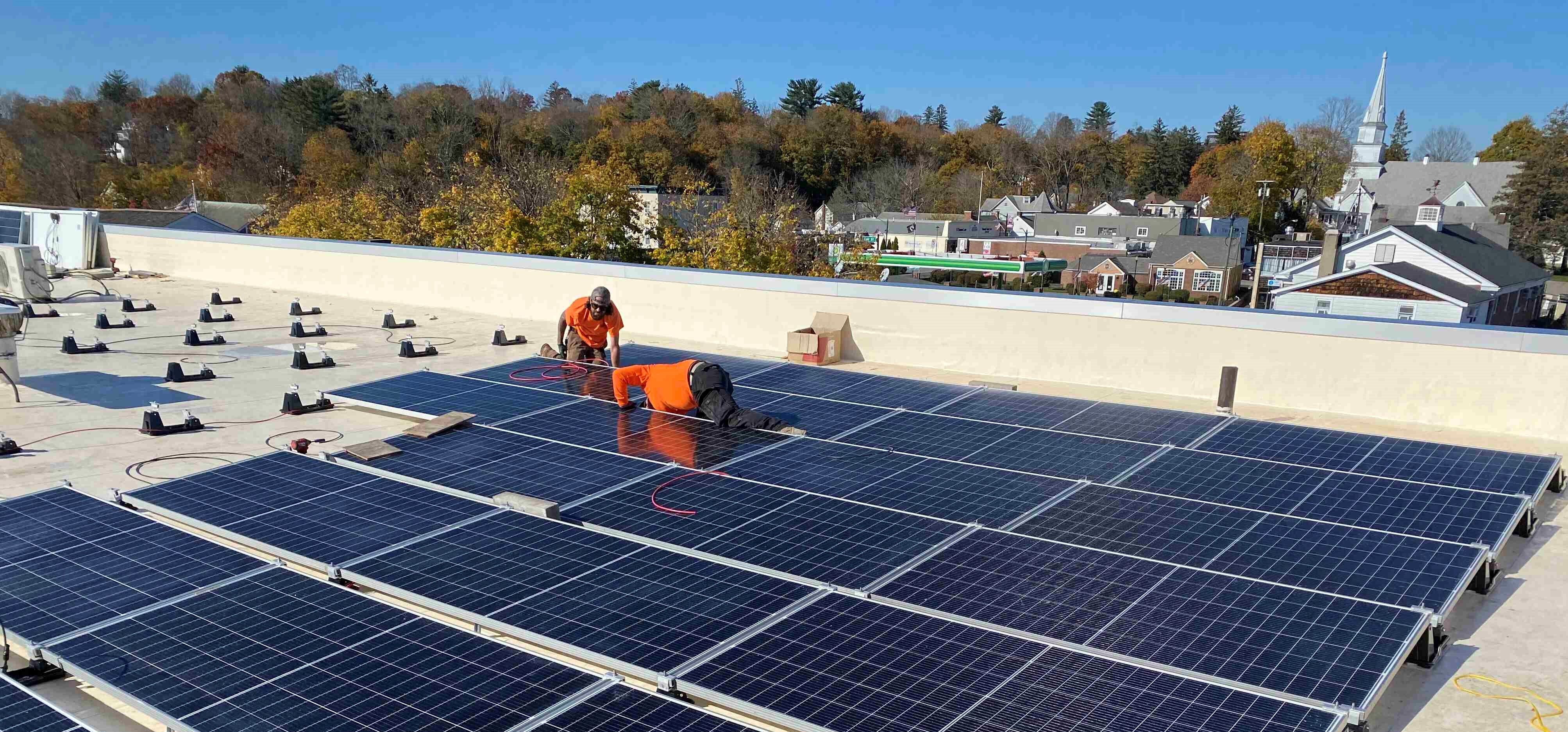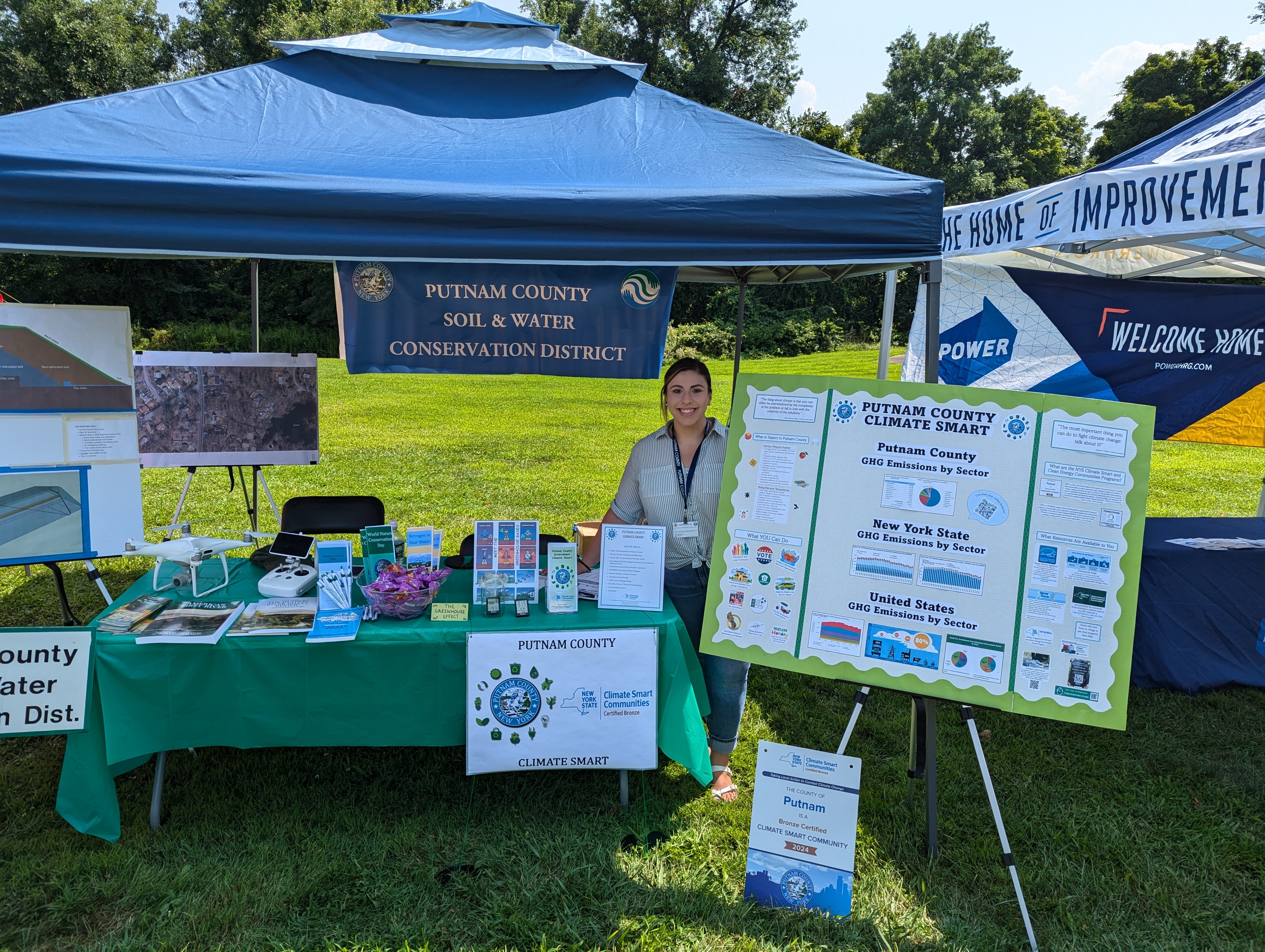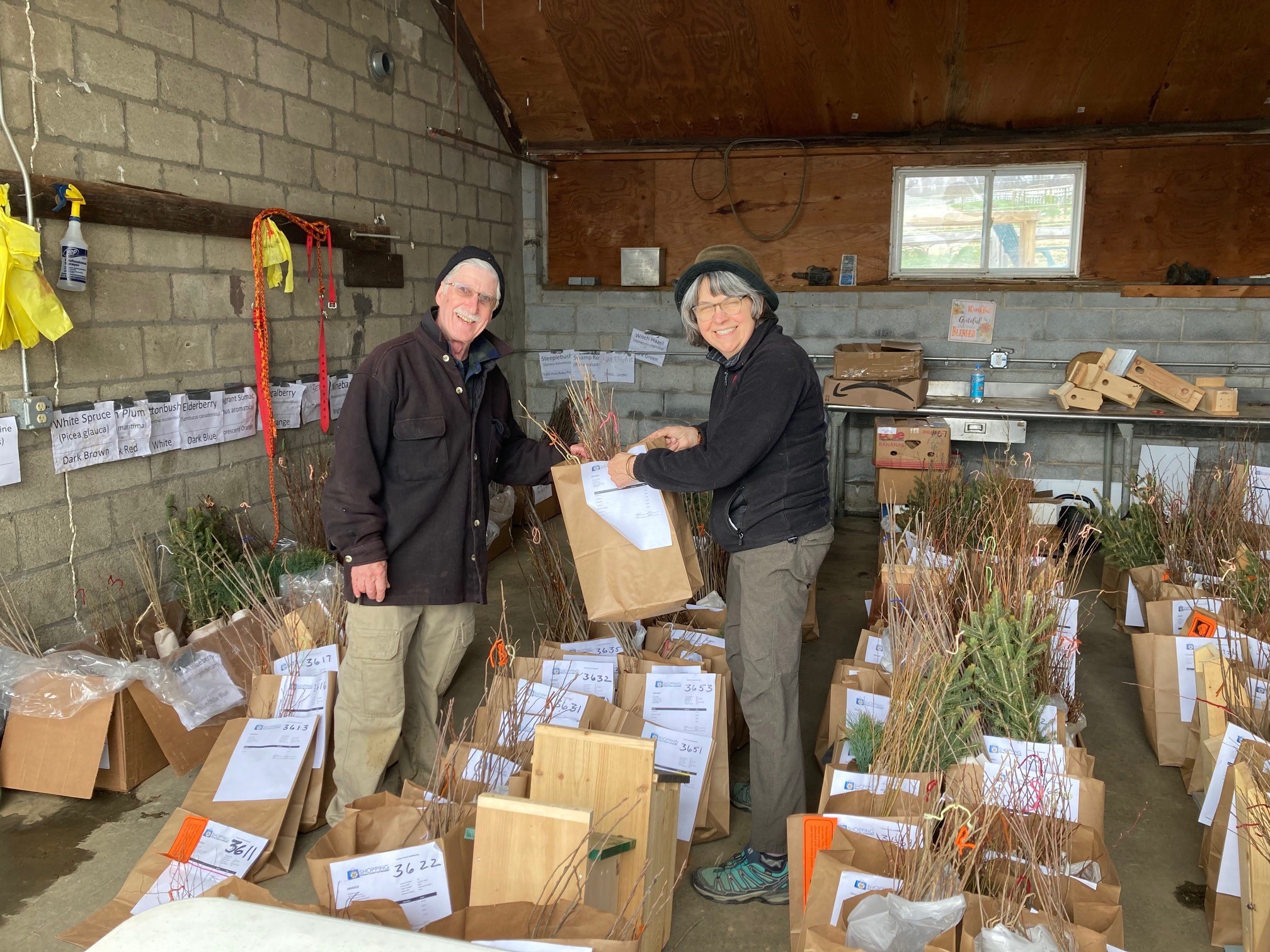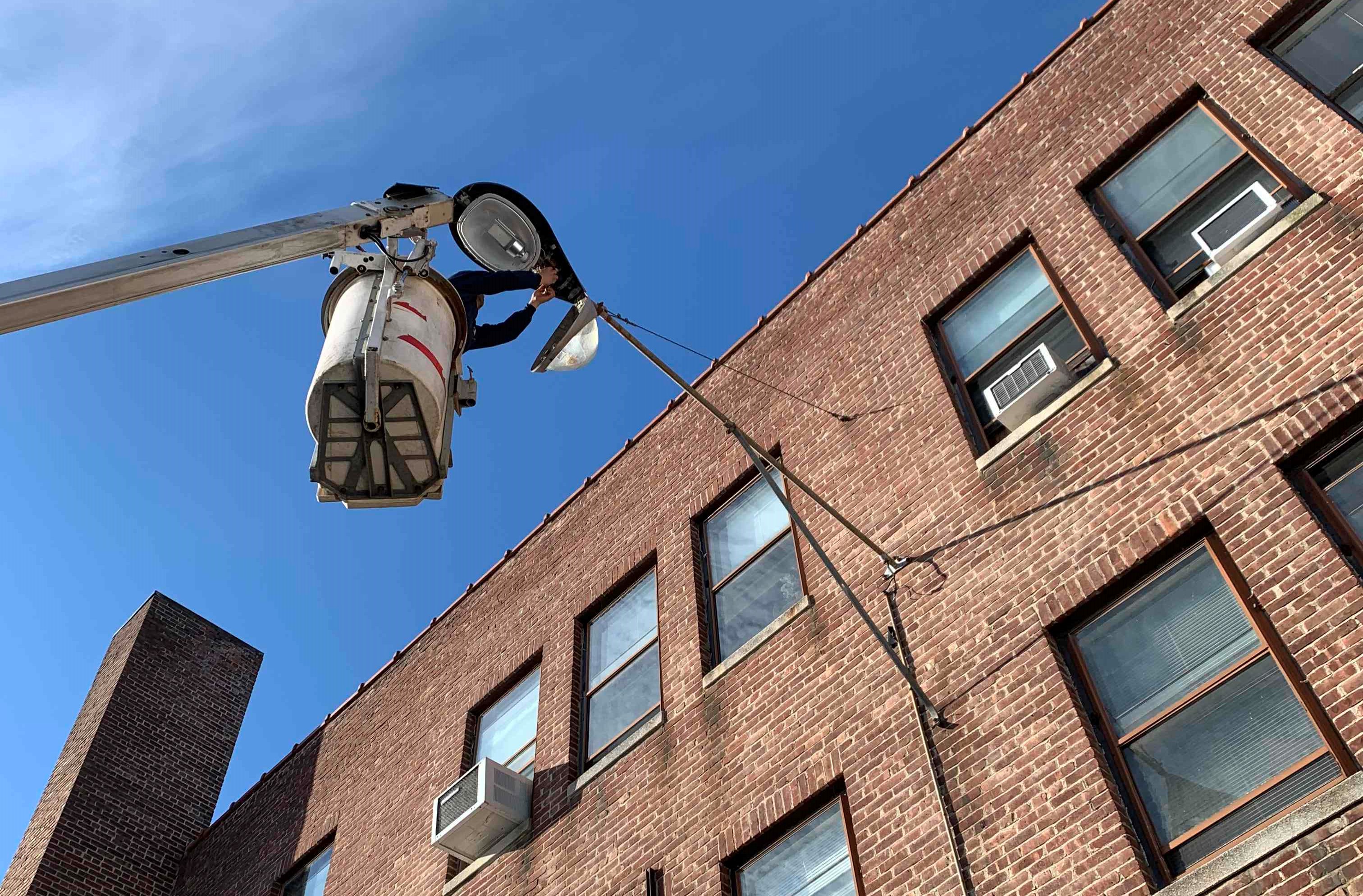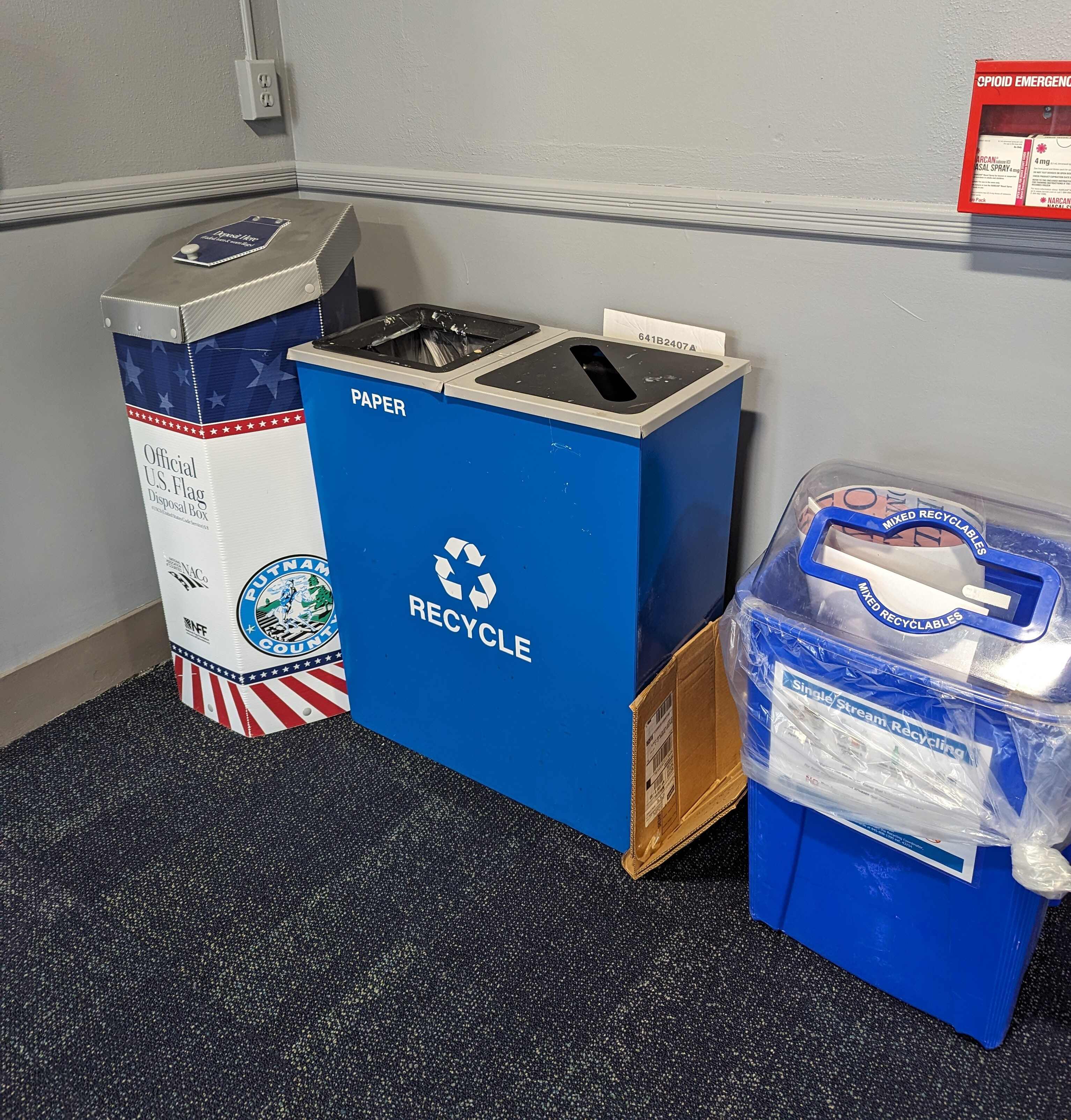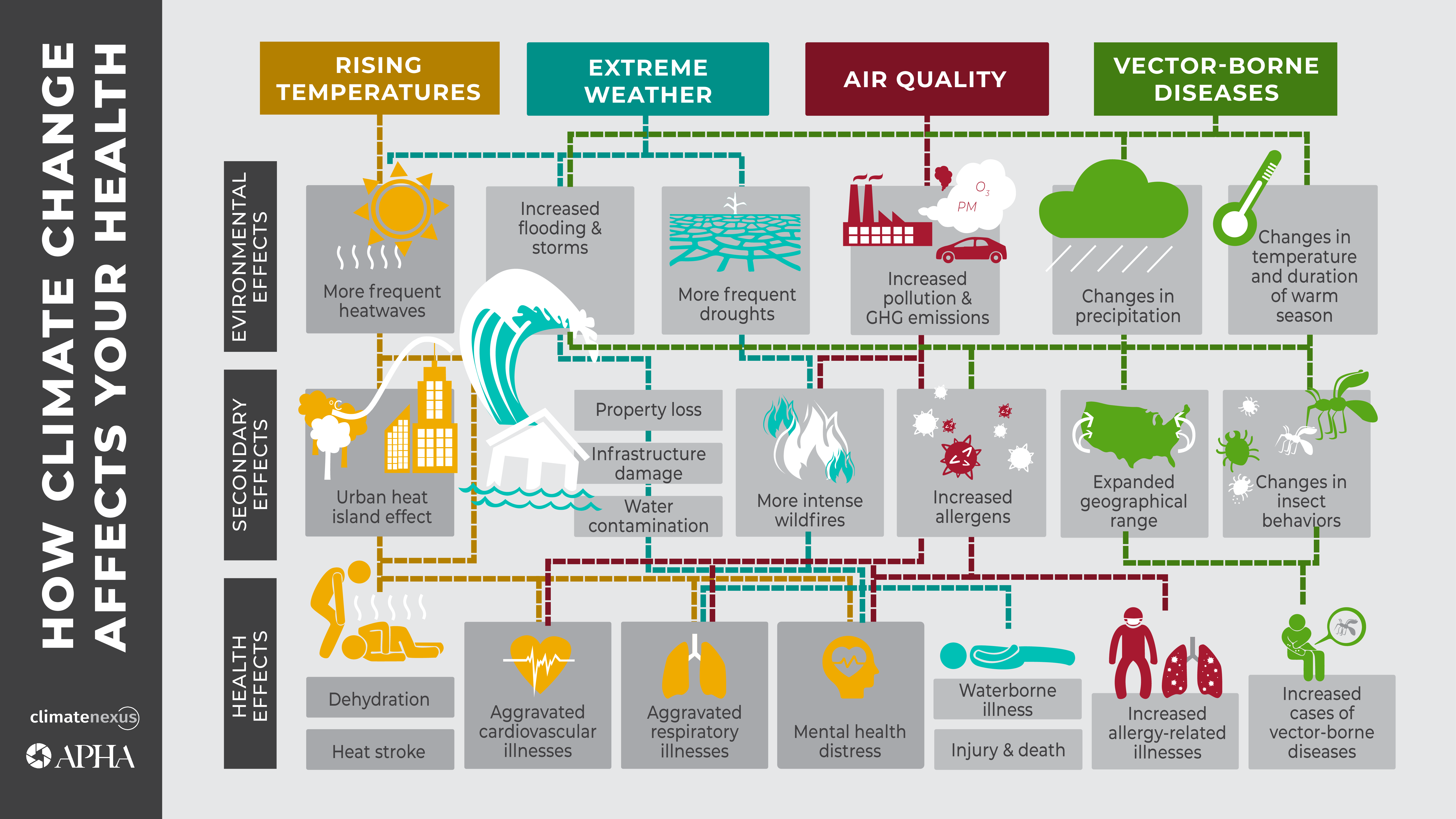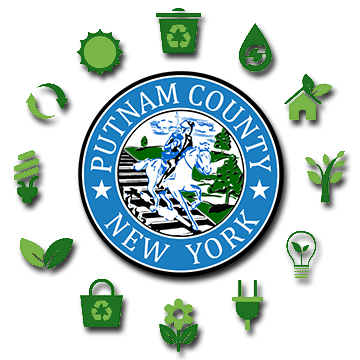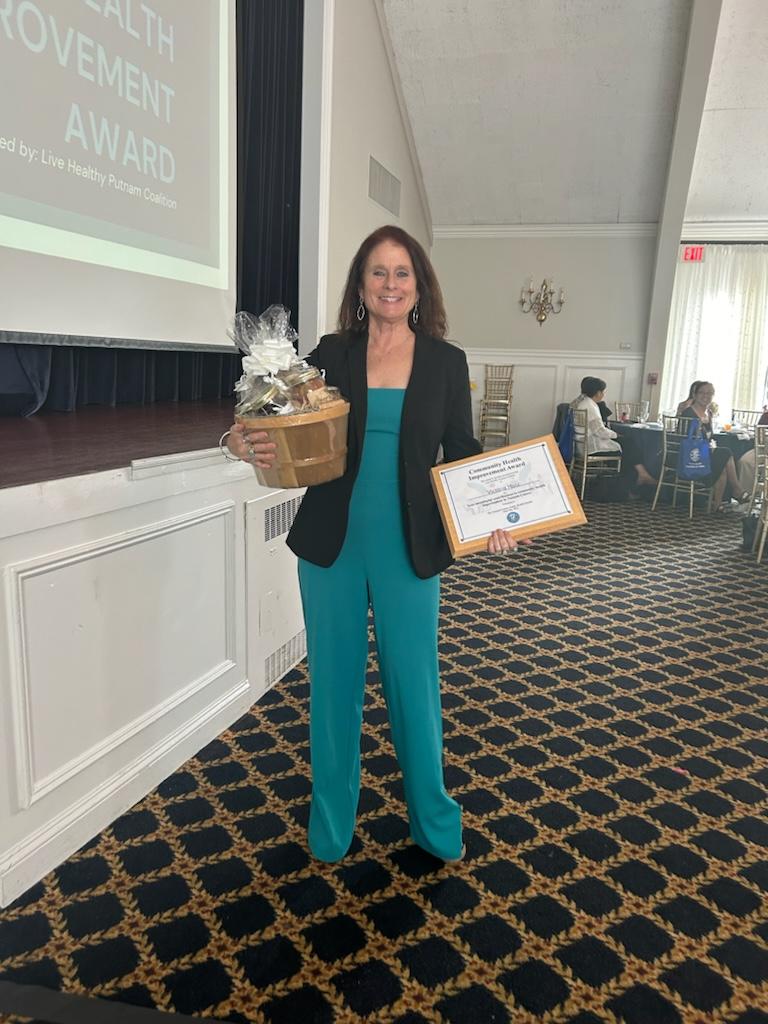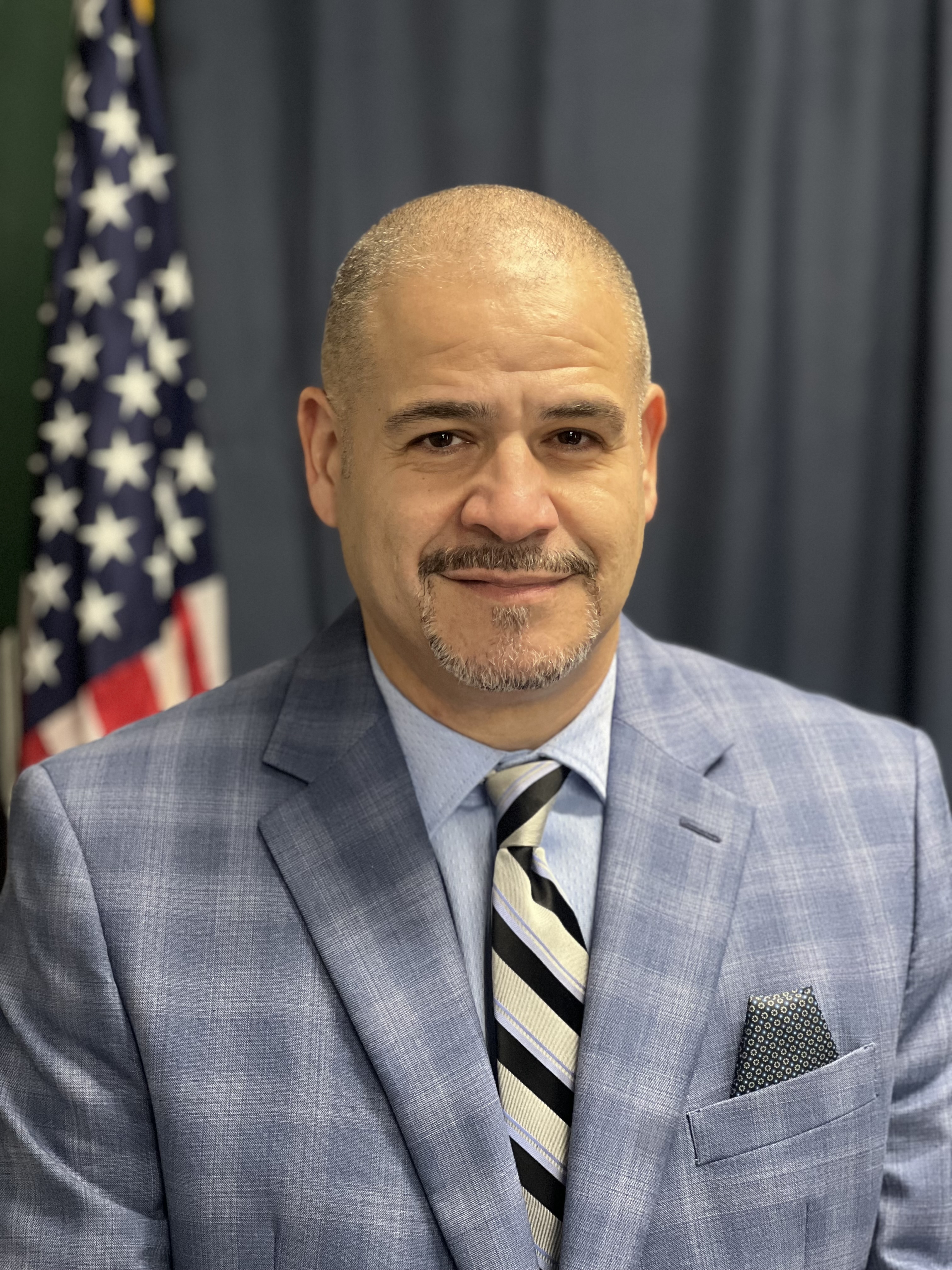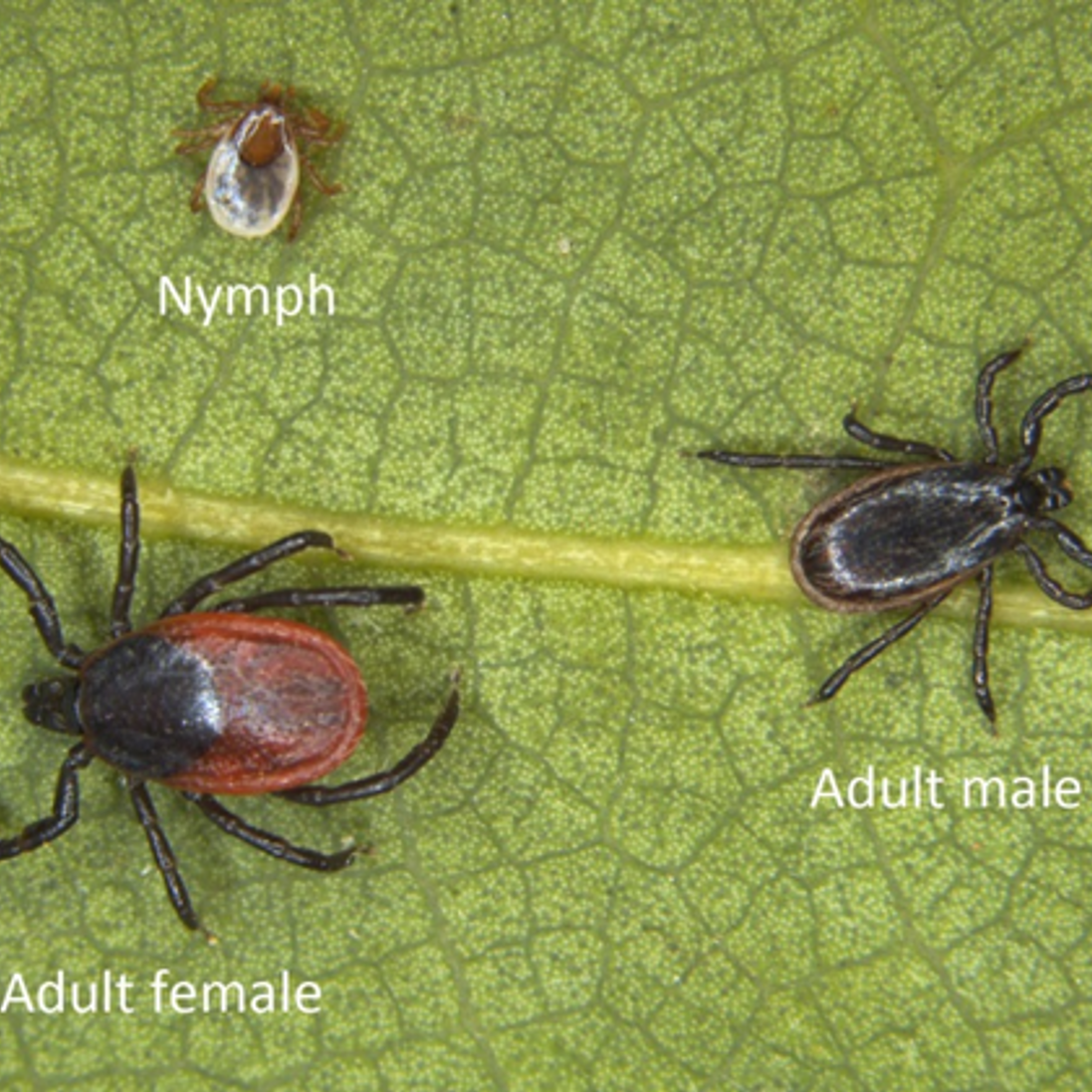Article 9 Government Building Energy Audits
In 2019 Ameresco, a renewable energy/energy efficiency engineering company, completed an Investment Grade Audit (IGA) for Putnam County, New York. In the IGA Ameresco, together with Putnam County, set forth a plan to identify, manage, and conserve energy through a variety of Energy Conservation Measures (ECM). By implementing these ECMs with Ameresco, each facility owned and operated by the County will become a more safe, productive, and cost-effective environment for taxpayers and employees alike. To view the final report see below.
Community Greenhouse Gas (GHG) Inventory
As part of the CSC program, Putnam County created a Community GHG Inventory utilizing 2020-2022 data which identifies and quantifies the sources of GHG emissions from community activities and establishes a baseline from which future emissions reductions and progress can be measured. The Community GHG Report below was developed using a template provided by the Hudson Valley Regional Council (HVRC).
Solar Energy Installations
With capital projects funding, the County installed rooftop solar arrays on the Kern Building in 2021, on the County Office Building (COB) in 2022, and on buildings 1, 2, and 3 of the Donald B. Smith (DBS) Government Campus in 2023. The peak capacity for all five buildings is roughly 371 kW. All building solar arrays are currently active, however, only the Kern Building and DBS Government campus buildings are fully integrated into the SolarEdge monitoring system. The COB will be fully uploaded to the system later in 2024/early 2025. The Kern Building's solar panel installation was advertised via The Examiner News in 2021, the link to the press release is as follows: https://www.theexaminernews.com/putnam-county-goes-solar-with-panels-on-kern-building/. All energy generated from the arrays goes back into the building to reduce the charge from the utility provider (NYSEG). In instances when the building is drawing less power than currently being generated (i.e. weekends and holidays) the extra power is exported back to the utility grid (NYSEG) and the County receives a credit on their utility bill. The following documentation gives an overview of the installations:
Complete Streets Policy
The Putnam County Legislature adopted a Complete Streets Policy (below) in December 2023. The Policy was developed by the Department of Planning, Development, and Public Transportation as well as the Department of Public Works in accordance with NYSDOT standards and CSC Program requirements in order to evaluate existing projects and implement new projects that adhere to Complete Street's objectives. For more information about Complete Streets study locations visit: https://putnamcountyny.gov/planning-department
Hazard Mitigation Plan
The 2021 Putnam County Hazard Mitigation Plan identifies hazards of concern including harmful algal blooms, drought, disease outbreak, extreme temperatures, floods, wildfires, severe storms, and more which have the potential to be exacerbated by climate change. With participation from each community within the County, mitigation and adaptation is possible with the pooling of resources and the creation of partnerships that ultimately foster more resilient communities. Putnam County completed its HMP in collaboration with Tetra Tech; the Plan has since been submitted to and approved by NYSDHSES and FEMA. To view the approved plan, visit https://putnamcountynyhmp.com/draft-plans/.
Cooling Centers
Putnam County has promoted awareness and outreach to residents about available cooling centers during the summer months via the County's Bureau of Emergency Services website, Facebook, Instagram, and Twitter. Eight local libraries and six town halls are available as a cooling centers (residents are encouraged to call ahead). All PART routes (1, 2, 3, & 5) as well as the seasonal Cold Spring trolley (operating Saturdays and Sundays, Memorial Day to Labor Day weekend) have designated stops at or near the libraries and town halls. Below is an outline of the cooling centers available during the summer months.
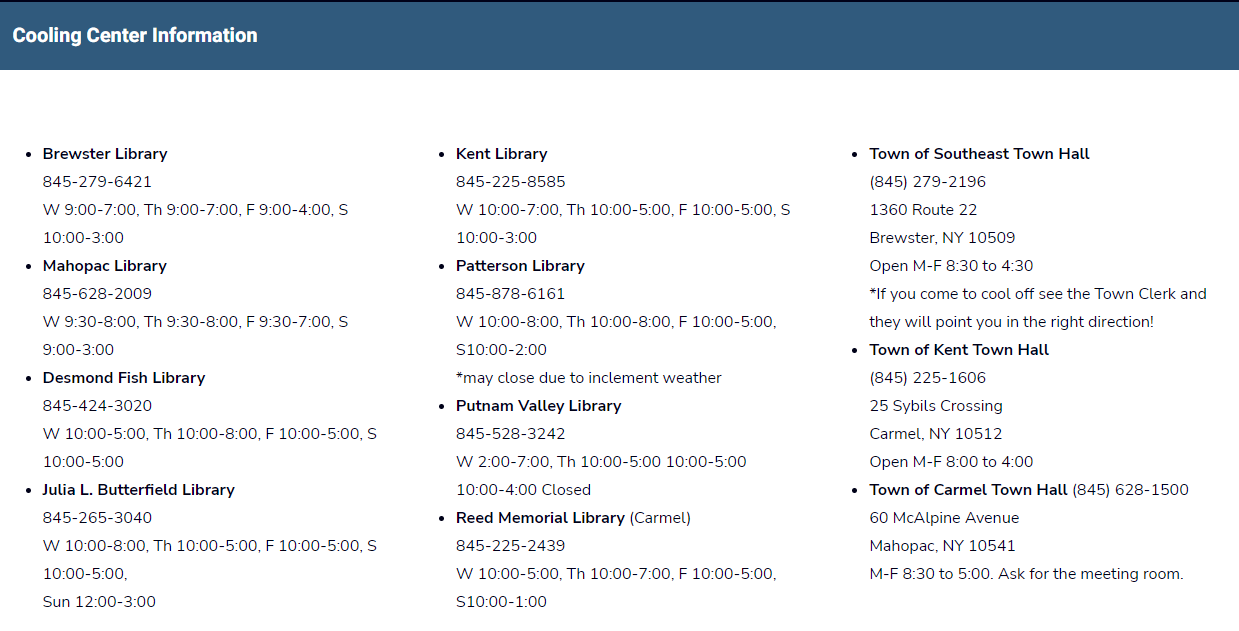
Farmer's Markets
Putnam County residents are no strangers to the value of locally grown produce and goods. That's why Cornell Cooperative Extension partnered with Putnam County to develop this Local Food Guide PDF of year round farmer's markets and food stand locations. The newly updated brochure was/is distributed at CCE events throughout the County as well as uploaded online to encourage residents to buy locally produced products. Additionally, the County partners with local nonprofit, Sustainable Putnam, who developed this webpage that acts as a educational resource as well as directory for local farmers markets, grocery stores, and food pantry locations throughout Putnam County. Lastly, Putnam County operates an educational farm facility, Tilly Foster Farm, that encourages regenerative/sustainable farming practices. The farm produces enough produce to supply Putnam County seniors at the Office for Senior Resources Senior centers, the on-site restaurant Tilly’s Table, the restaurant at the Putnam County Golf Course, and other local food pantries. A farm stand is also accessible at Tilly Foster from mid May to late November where visitors can purchase fresh, seasonal, pesticide-free produce produced on site.
Construction & Demolition Waste Policy
The below Construction & Demolition and Household Goods Waste Policy informational document gives an overview of C&D and household waste disposal options including a list of local service providers (haulers, recycling centers, thrift stores, Habitat for Humanity, Goodwill, etc.) and relevant excerpts from the Putnam County Charter. Additionally, the County Health Department maintains the Putnam Recycles website (https://putnamcountyny.gov/health/recycle#HHWD) and hosts a bi-annual Household Hazardous Waste Drop-off day.
Access to Public Transit
The Putnam County Department of Planning, Development, and Public Transportation was developed in 1981 to provide public transit services to the Putnam community. In the early 2000s (circa 2005) the Maybrook Bikeway and Putnam Bikeway were designed to provide alternate means of transportation. In 2017, New York State launched the Empire State Trail which now includes the completed portions of the Maybrook and Putnam bikeways. The County's transit system now provides nearly 90,000 rides a year via the Putnam Area Rapid Transit (PART) 1, 2, 3, and 5 routes, Croton Falls Commuter Shuttle, Paratransit services for disabled riders, and the seasonal Cold Spring trolley. The Croton Falls Commuter Shuttle (CFS) runs Monday - Friday and provides service to commuters to/from Mahopac to the Croton Falls Train Station in Westchester County. The CFS, PART routes 1 & 3, and the seasonal trolley provide service to the MTA train stations within and immediately surrounding the County: Croton Falls, Brewster, Southeast, Patterson, Cold Spring, and Beacon (Dutchess Co) respectively. Transportation schedules are available on the County's transportation website at https://putnamcountyny.gov/transportation. The map below highlights the connections between the completed bikeways, PART/CFS/Trolley routes, and the local MTA stations.

